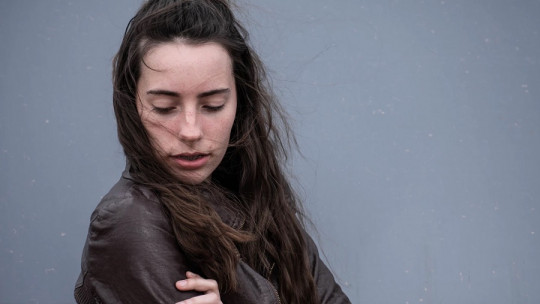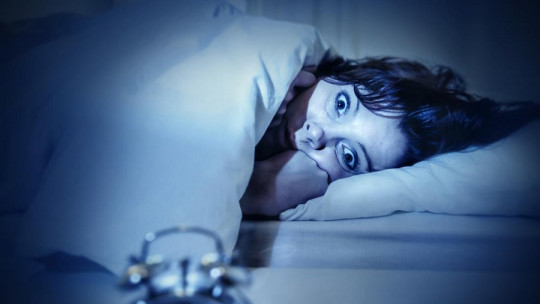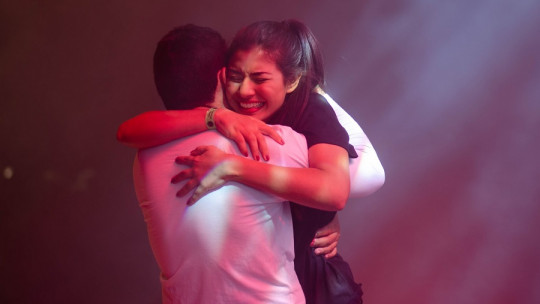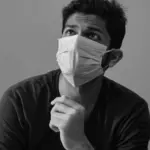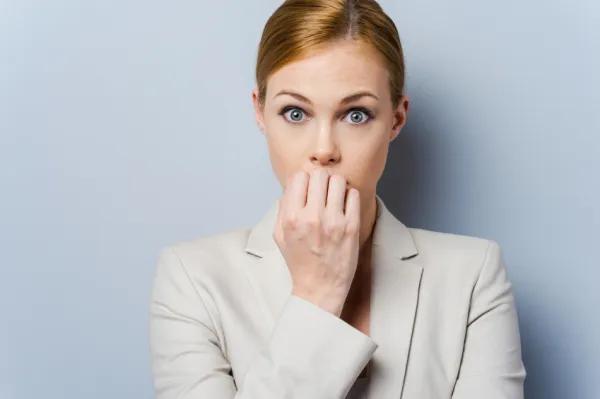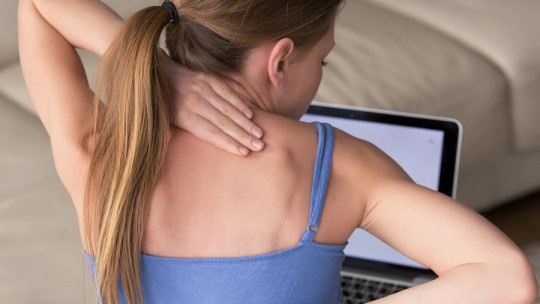When talking about anxiety, we usually think that it is an accelerated behavior on the part of people, but in reality the acceleration is found in the person’s thoughts, and not necessarily in their behavior.
The thoughts of the anxious subject are always ahead of reality, they anticipate events in a negative way. The subject thinks that things will go wrong before even starting to do them.
In this article We will talk about the physical symptoms of anxiety That is, we will see what are the main complications that this behavior can bring to our body, and we will review some of the most effective treatments for these cases.
What are the main physical symptoms of anxiety?
As we have already mentioned, anxiety can cause certain physical complications in those who suffer from it. Let’s see what these symptoms are.
1. Tremors
These are involuntary in nature, and generally occur when the subject is about to begin an activity that increases the stress level
A good example is when the person must speak in public or with someone who generates a particular interest.
2. Excessive sweating
When anxiety reaches high levels, the Central Nervous System (CNS) begins to function in an exacerbated manner in the body, generating a series of reactions that escape voluntary control One of these reactions is excessive sweating, especially in the hands, feet, forehead and armpits.
3. Cardiac arrhythmias
The most common cardiac arrhythmia that occurs during physical symptoms of anxiety is tachycardia. Heartbeat tends to accelerate irregularly when the individual is exposed to a situation that triggers the anxious state.
4. Rapid breathing
Another characteristic symptom in these cases is that the respiratory rate increases (tachypnoea). When this happens the person You may begin to take large, agitated breaths through your mouth
5. Muscle tension
When anxiety is persistent and intense, the muscles become loaded with tension, and it is when discomfort occurs in a specific muscle region of the body
These discomforts generally occur in the back, neck and shoulders.
6. Headaches
Headaches are a very characteristic symptom of anxiety, especially the so-called tension headaches. These are caused, among other things, by excessive muscle tension in the neck area.
7. Dry mouth
Sometimes, while the person is doing an activity in which they do not feel comfortable or are not sufficiently prepared, the glands responsible for salivation contract causing temporary dryness in the mouth.
8. Dizziness
These occur especially when anxiety is intense, at the moment when the person feels that they can no longer tolerate carrying out the activity that causes them discomfort; then dizziness appears, which may be accompanied by other physical symptoms of anxiety.
9. Frequent urination
It is nothing more than the frequent need to urinate, caused by anxiety and muscle tension For example, something as common as waiting for the results of an exam could trigger this symptom in the subject.
10. Abdominal discomfort
Discomfort in the abdominal area is a classic characteristic of anxious people, especially pain in this region occurs in children when they are under a lot of emotional pressure.
Anxiety in children is more common than you think, especially because in the early stages of development it is difficult to explain emotions clearly. But also in adults this is one of the physical symptoms of anxiety, associated with difficulties digesting food in this state of activation
The treatment
To combat the physical repercussions caused by anxiety, keep these fundamental ideas in mind.
1. Breathing techniques
Inhale and exhale in a controlled manner it is very useful. We take the air through the nose and take it into our lungs, leave it there for approximately 15 seconds, and then let it out through the mouth gently. When doing this it is very important to breathe with the diaphragm, that is, the muscle just below the lungs. You will know if you are doing it right if when you inhale your belly area expands much more than your chest.
2. Mindfulness
Mindfulness is a set of Mindfulness techniques that are very useful for dealing with anxiety. Inspired by Vipassana meditation typical of Buddhism and Hinduism, but in this case we are talking about a non-religious therapeutic procedure, but one shaped through scientific research in the field of Psychology.
3. Practice activities that encourage our concentration
Placing an object on the television while it is on and focusing our attention on that object for as long as possible, avoiding being distracted by the programming, is an exercise to reinforce our level of concentration.
We can also do word searches, crossword puzzles, or learn to play chess. But it is important that while we carry out these activities we do not do it thinking that we must do it well, the idea is focus more on the process than the result
4. Attend therapy
If our anxiety level does not decrease despite having implemented the recommended techniques, the ideal would be to attend psychological therapy sessions. so that the psychologist can make the necessary evaluation and intervention
In cases where medication is required, the patient is referred to the psychiatrist so that he or she can prescribe the medication and indicate the respective doses. The follow-up of the case will be done jointly, the psychologist will be in charge of the emotional part of the subject, while the psychiatrist will treat the clearly organic part.

